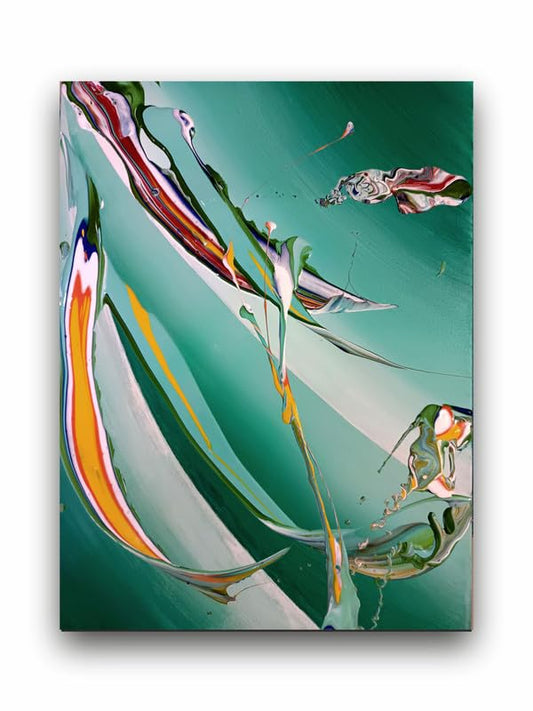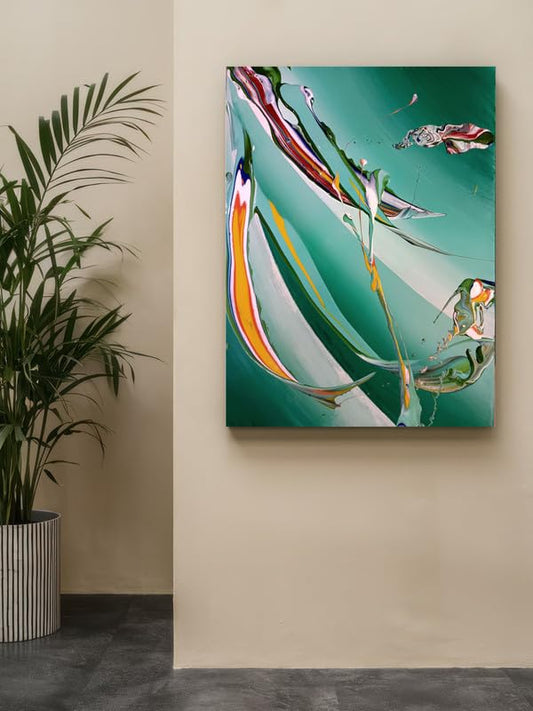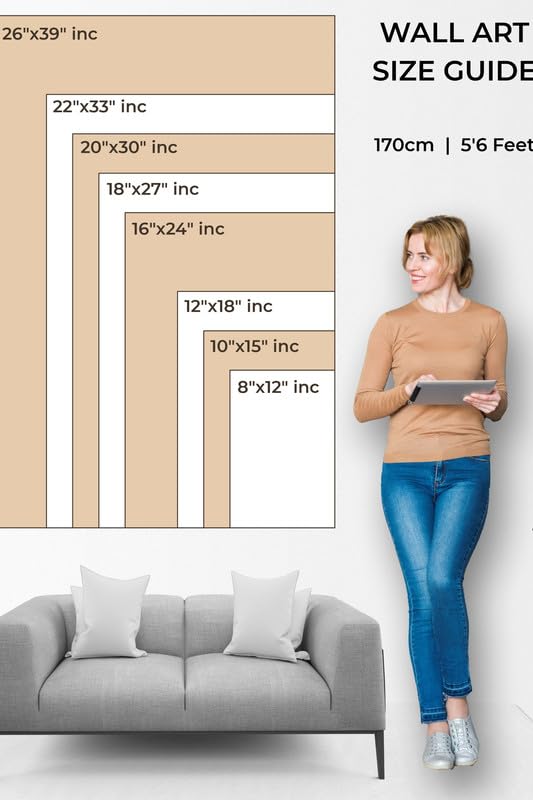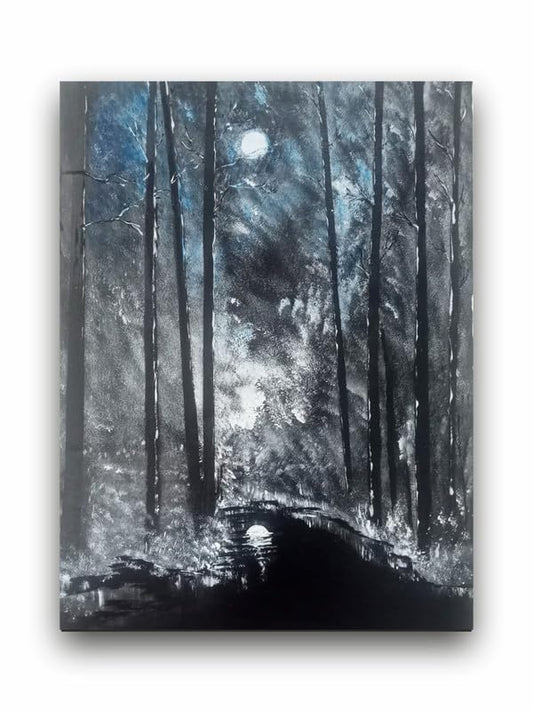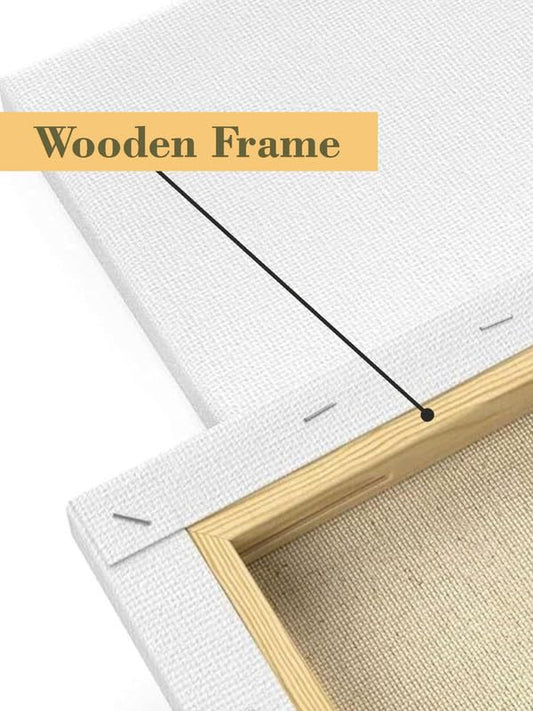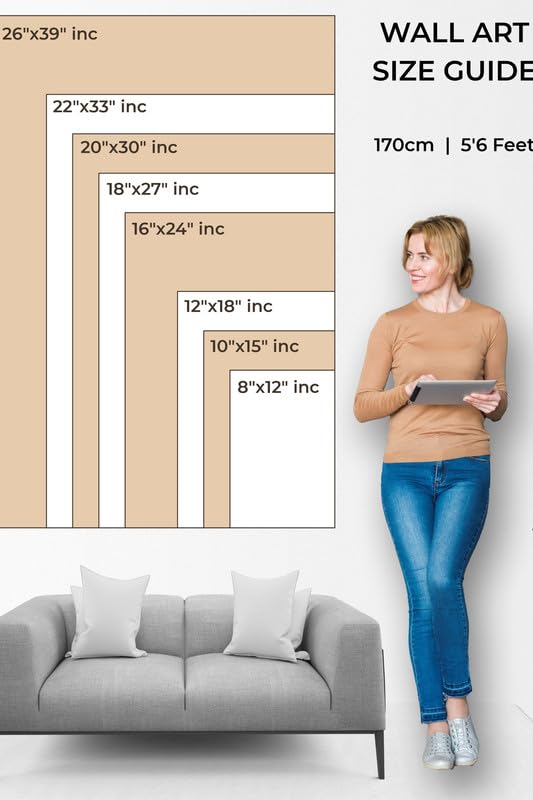
Exploring Abstract Art with a focus on Light and Reflection
Exploring Abstract Art with a focus on Light and Reflection
Abstract art has captured audiences for long with its breaking away from normative forms and using colors, shapes, and textures to express emotions, ideas, or moods. There is an aspect of abstract art that has drawn the attention of many, which includes light and reflection within it. How light may interact with reflective surfaces creates action-packed pieces of art that challenge a viewers' participation with the piece at a much deeper level.
Role of Light in Abstract Art
Lighting can provide abstract art with the depth and energy in the composition. The artist can use shadows, tones, as well as contrasts to reveal or hide parts of the object, thus guiding the eye around the canvas. The interaction between light and the abstract painting or sculpture, be it natural or artificial, changes the direction of the hue reflecting off the piece or changing the hue of the shadows, hence altering the experience for the viewer.
Some abstract arts make the subject light itself. Among such artists is James Turrell, who challenges one's perception with his manipulation of light. Through such field experiments in light, these artists test the borderline between light and space, creating perceptions almost otherworldly.
Reflection as a Creative Tool
The layering of intrigue added to abstract art is that of reflection. With the addition of reflective surfaces such as mirrors, metals, or high-gloss finish, the artist can play off the surroundings to cause the viewer to view the art from different angles. As the light bounces off the surfaces, it changes the colors and shapes within the work, providing a shifting dynamic piece of art that changes based on the viewpoint of observation.
At other times, abstract artists blur the line set between the viewer and the art itself by incorporating reflective techniques. Witnessing their own reflection within the piece encourages viewers to become an active participant in the process, thereby strengthening the bond created between the person and the art object. As a result, the more intimate experience that abstract art creates during each viewing of the artwork leaves an impression.
The Emotional Effect of Light and Reflection
Both light and reflection can be very effective tools to convey a whole range of emotions. Bright, warm light can give a work energy and optimism, as opposed if it is dim or cool-toned; this might call for feelings of calm or even introspection. Reflective surfaces can make a piece mysteriously playful depending on how they are applied. So light and reflection are unpredictable, and viewers are thus obliged to connect to it in an emotional sense. They are forced to reflect on their interpretations and feelings.
Conclusion
Using light and reflection, abstract art essentially takes a static work and makes it always changing. By going for these points, artists create works that challenge not only our visual perceptions but deeper emotional responses as well. Contemplating abstract art, observe how light works through it and how reflections will change your experience-this relation of light, reflection, and emotion forms much of the wonder in abstract art.
Exploring Abstract Art with a focus on Light and Reflection

